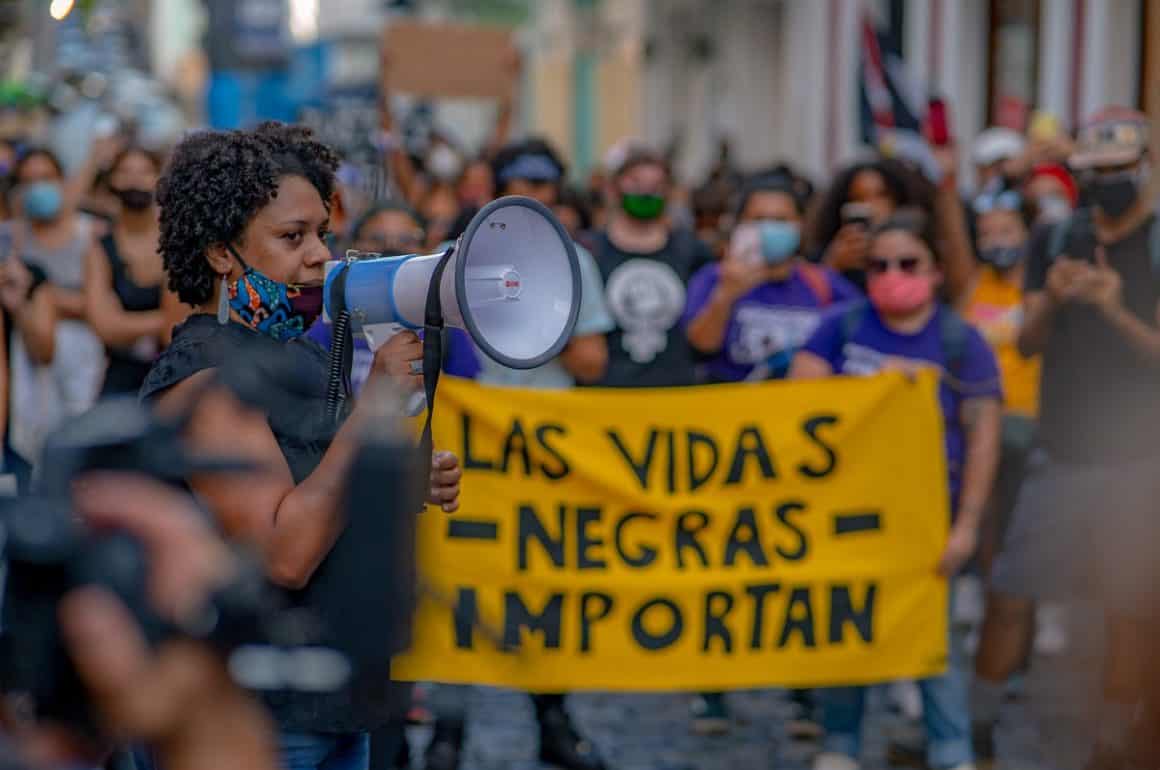The Hidden History of Black ArgentinaPosted in Articles, Caribbean/Latin America, History, Media Archive on 2021-02-10 02:05Z by Steven |
The Hidden History of Black Argentina
The New York Review
2021-02-08
 Allsport via Getty Images Diego Maradona (front, center) with family and friends in Villa Fiorito, Argentina, 1980 |
A century of European immigration brought with it a comprehensive effort to erase the country’s multiracial past. Only recently has that been reversed.
Erika Denise Edwards, Hiding in Plain Sight: Black Women, the Law, and the Making of a White Argentine Republic (Tuscaloosa: University Alabama Press, 2020).
“This country has no tradition of its own,” Argentina’s master writer, Jorge Luis Borges, told me in an interview in 1975. “There’s no native tradition of any kind since the Indians here were mere barbarians. We have to fall back on the European tradition, why not? It’s a very fine tradition.” The words grate to modern ears, but they seemed true to Borges’s world. His own grandmother, Frances Anne Haslam, had come from Staffordshire, England. And by 1920, when Borges turned twenty-one, over half the population of his native Buenos Aires had been born in Europe, the result of a vast wave of late nineteenth-century and early twentieth-century immigration.
According to this idea of Argentina’s roots, our capital city of Buenos Aires is “the Paris of South America,” and “we are all descendants from Europe,” as then President Mauricio Macri said at the World Economic Forum in Davos, Switzerland, in 2018. A corollary of this claim is one made by an earlier president, Carlos Menem, to a Dutch audience at Maastricht University in 1993 that, because Argentina had abolished slavery as early as 1813, “we don’t have blacks.” At a later lecture—bizarrely enough, at Howard University in Washington, D.C.—Menem added, “that is a Brazilian problem.”
For me, the myth of a European-only Argentina reached its breaking point last November, with the death of the soccer star Diego Maradona, arguably the greatest player who ever lived. He transcended the world of sports to become a figure of hope and defiance for millions of Argentines…
Read the entire review here.







